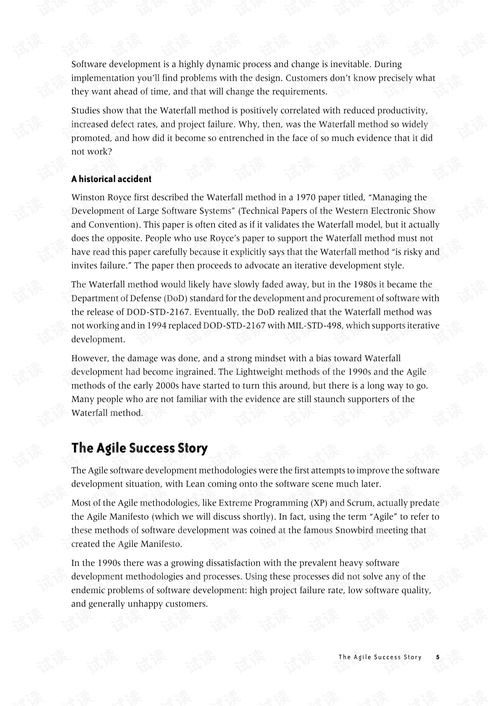Introduction: Fishing, an age-old pastime, has been captivating anglers for centuries. Whether you are a seasoned fisherman or a beginner looking to cast your line into the water, mastering the art of fishing can elevate your experience. In this article, we will delve into the world of fishing techniques, providing you with both written instructions and visual illustrations to help you hone your skills. So, let's get ready to reel in the big ones!
Choosing the Right Equipment Before you start fishing, it's crucial to have the right equipment. Here's a breakdown of the essential gear you'll need:
- Rod and Reel: The rod and reel combination is the backbone of your fishing setup. Choose one that suits the type of fishing you plan to do and the size of the fish you're targeting.
- Line: The type of line you use depends on the fish species and the environment. Monofilament, fluorocarbon, and braided lines are popular choices.
- Lures and Baits: Lures mimic the movement of prey, while baits are natural food sources. Select the ones that are most effective for your target fish.
- Hooks: Hooks come in various sizes and shapes. Choose the right size for the fish you're after and ensure they are sharp.
1 Visual Illustration: Choosing the Right Equipment
[Insert image of a fishing rod, reel, line, lures, baits, and hooks with labels and descriptions]
Mastering the Cast The cast is one of the most fundamental skills in fishing. Here's how to perform a basic cast:
- Hold the rod with a comfortable grip, keeping your elbow close to your body.
- Position the rod tip low and sweep it back with a smooth, controlled motion.
- As the rod reaches the backcast, pause for a moment to load the bend into the rod.
- Bring the rod forward with a quick, flicking motion to complete the forward cast.
- Aim for a target and let the lure or bait land softly.
1 Visual Illustration: The Basic Cast
[Insert step-by-step illustration of the basic cast, showing the grip, backcast, pause, and forward cast]
Baiting Your Hook Properly baiting your hook is essential for attracting fish. Here's a simple method for baiting a hook:
- Cut a piece of bait to the desired size.
- Slide the bait onto the hook, ensuring it is centered and securely attached.
- Trim any excess bait to prevent it from tangling in the line.
1 Visual Illustration: Baiting Your Hook
[Insert image showing the steps of cutting bait, sliding it onto the hook, and trimming excess bait]
Reading the Water Understanding the water you're fishing in is key to successful angling. Here are some tips for reading the water:
- Look for signs of fish activity, such as rises, splashes, or bubbles.
- Observe the water's color and clarity to determine if it's suitable for your bait or lure.
- Pay attention to the current and how it affects the movement of your lure or bait.
1 Visual Illustration: Reading the Water
[Insert image showing different water conditions, fish activity, and current effects]
Patience and Timing Fishing is a game of patience. Here are some tips to help you wait for the perfect moment:
- Stay still and quiet to avoid startling fish.
- Observe the behavior of fish in the water and try to mimic their movements with your lure or bait.
- Be prepared to wait for the right moment to set the hook.
1 Visual Illustration: Patience and Timing
[Insert image showing an angler waiting quietly, observing fish behavior, and preparing to set the hook]

Setting the Hook Once you've detected a bite, it's time to set the hook:
- Keep your rod tip down and your line tight.
- When you feel a tap or pull, quickly and firmly lift the rod tip to set the hook.
- Allow the fish to take the bait and then set the hook again if necessary.
1 Visual Illustration: Setting the Hook
[Insert image showing the steps of detecting a bite, lifting the rod tip, and setting the hook]
Landing the Fish Landing a fish is the culmination of your efforts. Here's how to do it safely:
- Keep the rod tip up and the line tight to control the fish.
- Guide the fish towards the岸边 (shore) or boat (if you're fishing from a boat).
- Once the fish is close, use a net to gently scoop it out of the water.
- Handle the fish with care and release it if it's too small or if it's not the species you're targeting.
1 Visual Illustration: Landing the Fish
[Insert image showing the steps of controlling the fish, guiding it towards the shore or boat, using a net, and handling the fish]
Conclusion: Fishing is a skill that takes time to master, but with practice and the right techniques, you can become a proficient angler. By following the tips and visual illustrations provided in this guide, you'll be well on your way to reeling in the big ones. Happy fishing!












